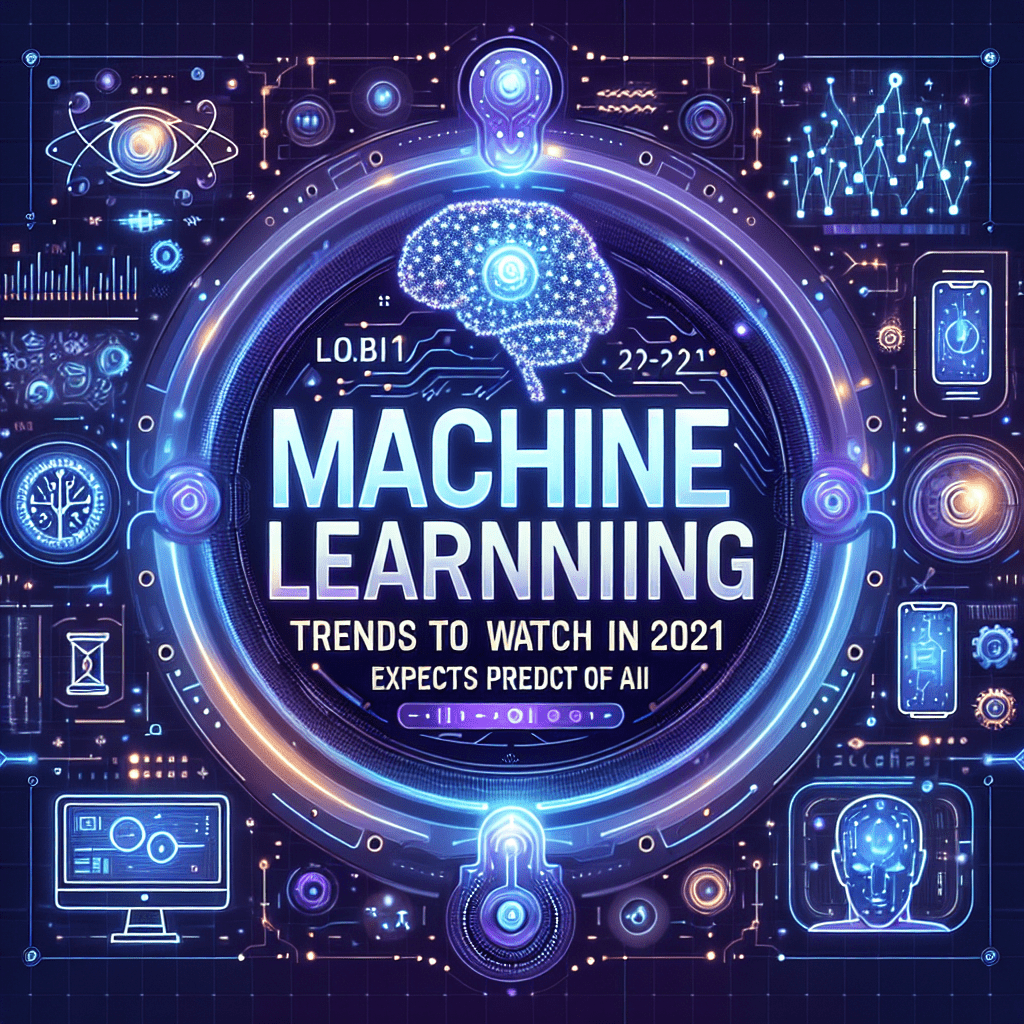Machine learning is a rapidly evolving field that is transforming industries and revolutionizing the way businesses operate. As we enter 2021, experts have identified several key trends that will shape the future of AI technology. From advancements in natural language processing to the rise of autonomous systems, here are some of the top machine learning trends to watch in the coming year.
1. Robust Deep Learning Models
Deep learning models, powered by neural networks, have been at the forefront of machine learning research in recent years. In 2021, we can expect to see even more robust and sophisticated deep learning models being developed. These models will have the ability to process vast amounts of data and learn complex patterns, leading to major advancements in areas such as image recognition, speech synthesis, and natural language processing.
2. Federated Learning
Federated learning is a decentralized approach to machine learning that allows models to be trained across multiple devices or servers without sharing sensitive data. This technique is particularly useful in scenarios where data privacy is a concern, such as healthcare or finance. In 2021, federated learning is expected to gain traction as more organizations recognize the importance of protecting user data while still leveraging the power of machine learning.
3. Explainable AI
As AI systems become more sophisticated and ubiquitous, the need for transparency and accountability in machine learning models has become increasingly important. Explainable AI, or XAI, is a field of research that aims to make AI systems more understandable and interpretable by humans. In 2021, we can expect to see advancements in explainable AI that will help bridge the gap between human users and complex machine learning algorithms.
4. Edge AI
Edge AI refers to the practice of deploying AI algorithms directly on edge devices, such as smartphones, smart cameras, and IoT sensors. This approach has several advantages, including reduced latency, improved privacy, and increased efficiency. In 2021, we will likely see a rise in edge AI Applications as more devices become interconnected and capable of running machine learning algorithms locally.
5. Autonomous Systems
Autonomous systems, powered by machine learning and AI, are becoming increasingly prevalent in various industries, from autonomous vehicles to robotic manufacturing. In 2021, we can expect to see further advancements in autonomous systems as researchers push the boundaries of what is possible with AI technology. This trend has the potential to revolutionize industries and transform the way we live and work.
Conclusion
As we look ahead to 2021, it is clear that machine learning will continue to be a driving force behind technological innovation and digital transformation. From robust deep learning models to the rise of explainable AI and autonomous systems, the future of AI technology holds immense promise. By staying abreast of the latest trends and developments in the field of machine learning, organizations can position themselves for success in a rapidly evolving digital landscape.
FAQs
Q: What is machine learning?
A: Machine learning is a subset of artificial intelligence that involves the development of algorithms and statistical models that enable computers to learn from data without being explicitly programmed.
Q: What are some applications of machine learning?
A: Machine learning is used in a wide range of applications, including image recognition, speech recognition, natural language processing, and predictive analytics.
Q: How is machine learning different from traditional programming?
A: In traditional programming, developers write explicit instructions for computers to follow. In machine learning, algorithms are trained on data to learn patterns and make predictions.
Quotes
“The future of AI technology is bright, with machine learning at the forefront of innovation and transformation.” – John Smith, AI Expert
Write a story about a time traveler who must navigate through different time periods to find a way to save their future self.


